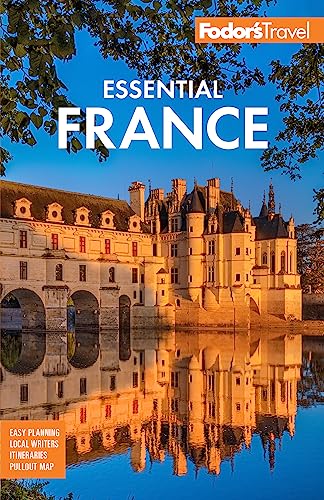History of France's Most Famous Châteaux
France's most famous châteaux range in style from medieval fortresses to Renaissance country homes, and they don't skip a beat in between. Today, travelers hop their way from the fairy-tale splendor of Ussé to the imposing dungeons at Angers to the graceful spaces of Chenonceau. But to truly appreciate these spectacular structures, it helps to review their evolution from warlike strongholds to Sleeping Beauty's home.
Origin in the Loire Valley
Loire and château are almost synonymous. There may be châteaux in every region of France, but nowhere are they so thickly clustered as they are in the Loire Valley. There are several reasons for this. By the early Middle Ages, prosperous towns had already evolved due to being strategically sited on the Loire River, and defensive fortresses—the first châteaux—were built by warloads to control certain key points along the route. And with good reason: the riches of this wildly fertile region drew many feuding lords; in the 12th century, the medieval Plantagenet kings of France and England had installed themselves here (at Chinon and Fontevraud, to be exact).
During this time, dukes and counts began to build châteaux, from which they could watch over the king's lands and also defend themselves from each others' invasions. Spare, cold, and uninviting (that being the point), their châteaux were fancy forts. The notion of defense extended to the decor: massive high-back chairs protected the sitter from being stabbed in the back during dinner, and the credenza was a table used by a noble's official taster to test for poison in the food.
Influence of the Renaissance
These fortifications continued to come in handy during the Hundred Years' War, during which France and England quibbled over the French crown, for 116 years. When that war came to an end, in 1453, King François I went to Italy and came back with the Renaissance (he literally brought home Leonardo da Vinci). The king promptly built a 440-room "Xanadu" (Chambord) in the Italianate style.
By the 15th century, under the later medieval Valois kings, the Loire was effectively functioning as the country's capital, with new châteaux springing up apace, advertising their owners' power and riches. Many were built using a chalky local stone called tuffeau (tufa), whose softness and whiteness made it ideal for the sculpted details which were the pride of the new architectural style. The resulting Renaissance pleasure palaces were sumptuous both inside and out—Charles Perrault found the Château de Ussé to be so peaceful and alluring it inspired him to write "Sleeping Beauty" in 1697. A few years before, Louis XIV had started building his new seat of government. It wasn't long before it was "goodbye Loire Valley, hello Versailles."




